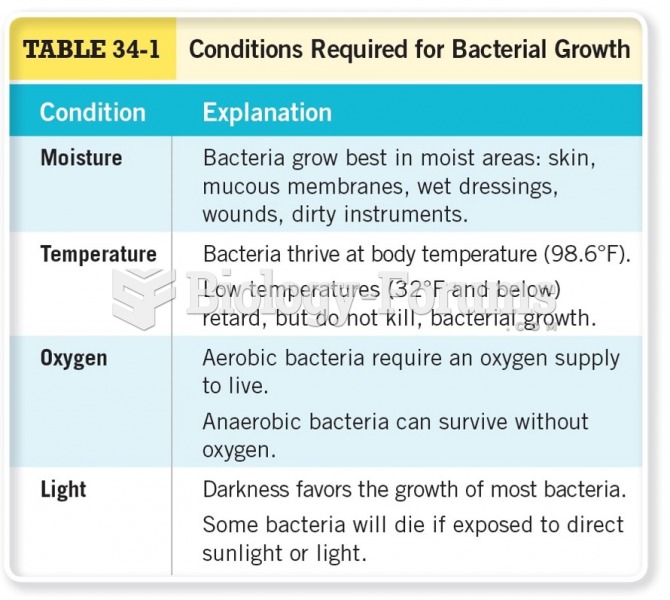Answer to Question 1
Long-term, unremitting poverty undermines a community and its residents. Delinquency rates are sensitive to the destructive social forces operating in lower-class urban neighborhoods
Residents develop a sense of hopelessness and mistrust of conventional society. Residents of such areas are frustrated by their inability to become part of the American Dream..
Kids growing up in these disadvantaged areas are at risk for delinquency because they hear from adults that there is little hope of success in the conventional world.
Poverty undermines the basic stabilizing forces of the communityfamily, school, peers, and neighbors rendering them weakened, attenuated and ineffective.
The ability of the community to control its inhabitantsto assert informal social controlis damaged and frayed.
The community has become socially disorganized and its residents free to succumb to the lure of antisocial. Without social controls kids are free to join gangs, violate the law, and engage in uncivil and destructive behaviors.
Neighborhood kids are constantly exposed to disruption, violence, and incivility factors that increase the likelihood that they themselves will become delinquency involved.
Neighborhood disintegration and the corresponding erosion of social control are the primary causes of delinquent behavior. Community values, norms, and cohesiveness control behavior choices, not personal decision making and individual traits.
Answer to Question 2
Ethical concerns about early intervention. Is it right to intervene in the lives of children and young people using methods that may or may not be successful?
Labeling and stigmatization associated with programs that target high-risk populations. Children and families receiving support may be called hurtful names and/or looked down upon by fellow community members.
Effects of evidence-based delinquency prevention programs can attenuate or diminish when scaled-up for wider public use. Reductions in delinquency and other problem behaviors observed in small-scale studies are difficult to maintain when these programs are disseminated on a much larger scale. Researchers and policymakers need to understand the key factors that make these programs successful and take the necessary steps so effects can be maintained.
Long delay before early childhood programs can have an impact on delinquency. While the saying pay now, save later is true for early childhood delinquency prevention programs, the length of time for this benefit to be felt can act as a deterrent. In a society and political system that demand immediate results, the building of a juvenile corrections facility is often seen as a more tangible measure than the building of a preschool.
The future of delinquency prevention programs depends on educating the public and key decision makers about the value of preventing delinquency.
Student views will vary.







